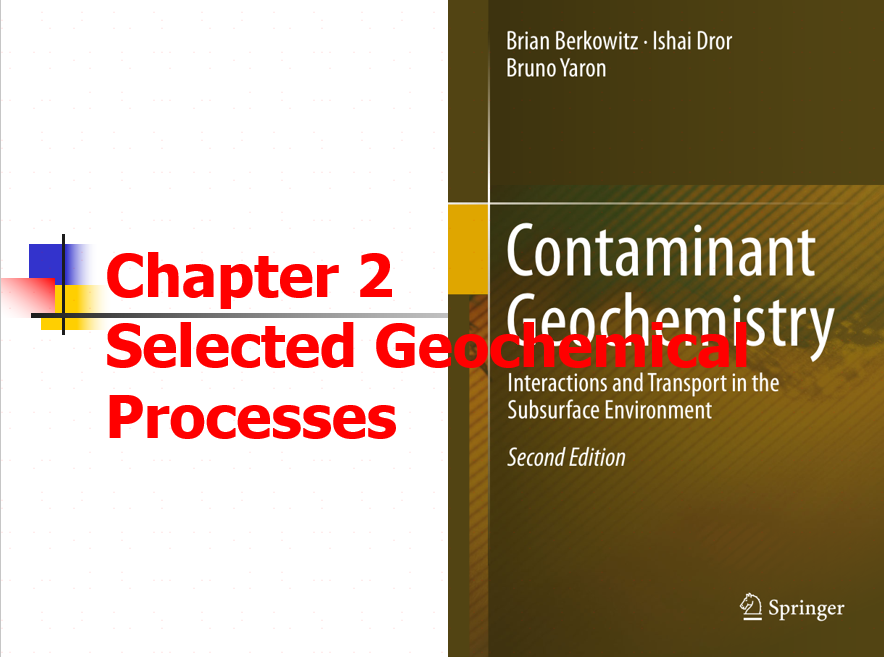
发布时间:2019-05-24
?? In this section we will learn:???About the Course? About the Book? About the Journal? About the Researching? Grading

发布时间:2019-05-24
?In this section we will learn:???Subsurface Solid Phase? Subsurface Liquid Phase? Subsurface Gaseous Phase? Aquifer

发布时间:2019-05-24
This chapter?is about:?? Thermodynamics and Equilibrium? Weathering? Adsorptio

发布时间:2019-05-24
?? ?In this section we will describe the chemistry of Inorganic and Organometallic Compoundsmetal and organic contaminants in terms of their basic properties which control their reactivity,toxicity, transport, and biodegradability

发布时间:2019-05-24
?General? Structure-Activity Relationships? Chemical Bonds and Organic Contaminant Structure? Organic Contaminant Structu

发布时间:2019-05-24
?? Contaminant retention on geosorbents is controlled by their physicochemical properties, their structural pattern as well as the properties of the contaminants themselves.? The properties of these adsorbents control their capacity to retain release contaminants in thesubsurface environment

发布时间:2019-05-24
?Contaminants may reach the subsurface liquid phase directly from a polluted gaseous phase, from point and nonpoint contamination sources on the land surface, from already polluted groundwater, or from the release of toxic compounds adsorbed on suspended particles.? Moreover, disposal of an aqu...

发布时间:2019-05-24
?Volatilization (also referred to as vaporization or evaporation) is the conversion of a chemical from the solid or liquid phase to a gas or vapor phase.? The partitioning of a volatile compound in the subsurface environment comprises two distinct patterns: volatilization of contaminant molecul...

发布时间:2019-05-24
? This chapter presents selected research findings that illustrate various aspects of contaminant partitioning in the subsurface.? We stress that, although many examples are included here, this chapter does not cover the entire spectrum of contaminant partitioning phenomena that occur in the su...

发布时间:2019-05-24
?This chapter focuses on chemical transport from land surface to the water table, and as such, we do not dwell on flow through the saturated zone.? Numerous books on groundwater and contaminant hydrology are readily available